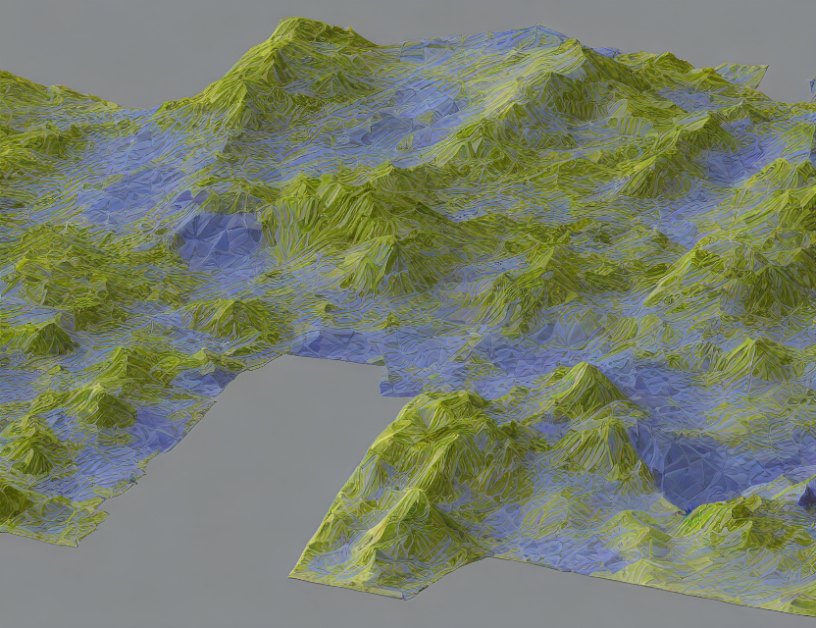Bayesian optimization is a powerful tool for optimizing expensive-to-evaluate black-box functions, with applications in machine learning and engineering. However, most existing works focus on low-dimensional cases, leaving a significant gap in scaling to high dimensions. This article provides a comprehensive overview of the state-of-the-art methods for high-dimensional Bayesian optimization, discussing their strengths, weaknesses, and areas for future research.
Scalability Challenges in High-Dimensional Bayesian Optimization
High-dimensional problems face two major challenges: (1) computational complexity and (2) model accuracy degradation. Conventional Bayesian optimization algorithms are not designed to handle these challenges, leading to suboptimal performance in high dimensions. To overcome these limitations, researchers have proposed various methods, including approximated Gaussian processes, dimension reduction, and function decomposition.
Approximated Gaussian Processes for High-Dimensional Bayesian Optimization
One popular approach is to use approximated Gaussian processes (GPy), which are scalable and efficient in high dimensions. These methods approximate the covariance matrix using techniques such as variational inference or inducing points. However, GPy models can be computationally expensive to evaluate, especially when dealing with large datasets.
Dimension Reduction for High-Dimensional Bayesian Optimization
Another strategy is to reduce the dimensionality of the problem using techniques such as principal component analysis (PCA) or singular value decomposition (SVD). These methods can significantly reduce the number of observations required for optimization, but may lose some information about the underlying relationships between variables.
Function Decomposition for High-Dimensional Bayesian Optimization
Function decomposition techniques, such as linear regression or principal component analysis (PCA), can be used to decompose the objective function into a set of simpler functions, each of which can be optimized independently. This approach can improve the computational efficiency of Bayesian optimization in high dimensions. However, it may not always lead to better performance, as some interactions between variables can be lost.
Acquisition Functions for High-Dimensional Bayesian Optimization
Acquisition functions play a crucial role in Bayesian optimization, as they determine the next point to evaluate. In high dimensions, traditional acquisition functions such as random sampling or upper confidence bound (UCB) may not perform well due to the curse of dimensionality. To address this challenge, researchers have proposed various advanced acquisition functions, including expected improvement (EI), probabilistic UCB, and Bayesian acquisition. These functions take into account the covariance structure of the objective function and can lead to better performance in high dimensions.
Monte Carlo Tree Search for High-Dimensional Bayesian Optimization
Another promising approach is Monte Carlo tree search (MCTS), which combines the ideas of Bayesian optimization and reinforcement learning. MCTS constructs a tree of possible states and uses samples from the objective function to estimate the value of each state. This method can efficiently explore the high-dimensional space and identify promising areas for optimization.
Conclusion
In conclusion, high-dimensional Bayesian optimization is a rapidly developing field with many exciting new techniques. While traditional methods struggle in high dimensions due to computational complexity and model accuracy degradation, recent advances have shown promising results. By using approximated Gaussian processes, dimension reduction, function decomposition, advanced acquisition functions, and Monte Carlo tree search, researchers can efficiently optimize expensive-to-evaluate black-box functions in high dimensions. However, there are still many challenges to be addressed, including the curse of dimensionality, model accuracy degradation, and computational complexity. Further research is needed to overcome these hurdles and unlock the full potential of Bayesian optimization in high dimensions.



